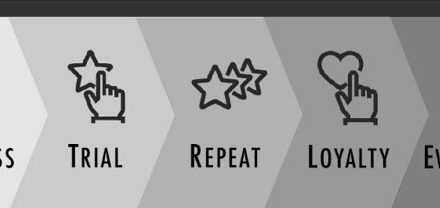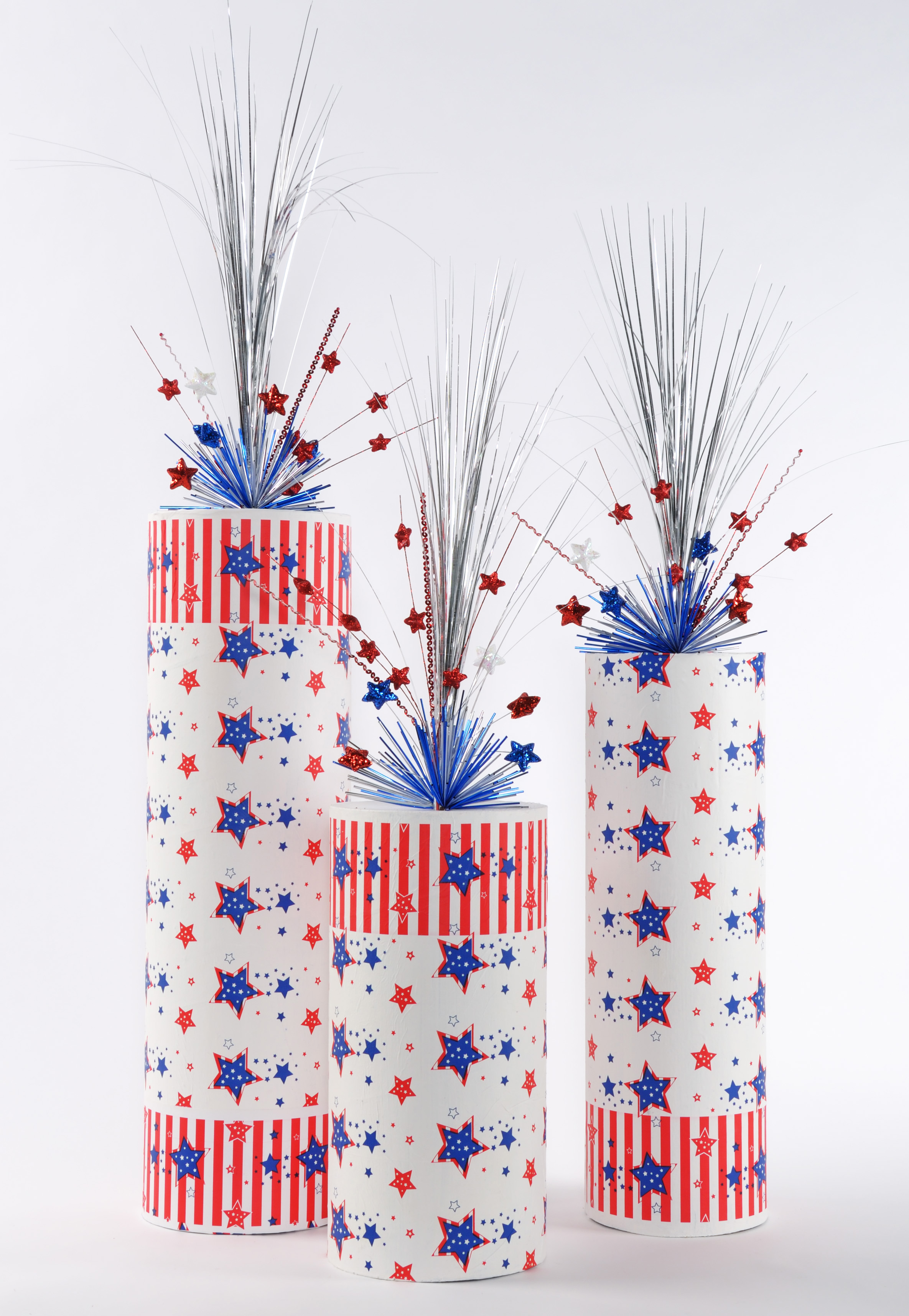When was the last time you participated in the experience economy? The phrase “experience economy” originated in 1998 to describe a new trend that continues to thrive and grow. The location-based experiences part of the industry alone was expected to reach $12 billion by 2023.
What Is the Definition of an Experience?
B. Joseph Pine II and James H. Gilmore covered this topic in the Harvard Business Review back in 1998 and wrote, “An experience occurs when a company intentionally uses services as the stage, and goods as props, to engage individual customers in a way that creates a memorable event.”
Millennials initially fueled the trend. When Harris conducted a survey for Eventbrite in 2014, it reported that more than three in four millennials (78% of the respondents) said they would choose to spend money on desirable experiences or events over buying something desirable.
That same survey also showed demand for live experiences was happening across the generational board. “Since 1987, the share of consumer spending on live experiences and events relative to total U.S. consumer spending increased 70%. People want to experience more, and businesses are evolving and entering the market to meet that demand,” the survey found.
The concept of booking experiences has been part of the travel industry forever. Travel companies sell package deals that include a set of curated experiences taking place over the course of a trip. The idea is to have unique experiences that create exceptional memories for the traveler.
This has expanded into the restaurant industry as well. You might see special dining experiences around the holidays or special evenings hosted by chefs. These are effective ways to transform events from ordinary to extraordinary.
As a survival technique during the pandemic, many restaurants took it one step further. You saw them offer meal kits to bring a unique experience into your home. Some restaurants even started shipping their products nationally through services like Goldbelly. It was all about finding new ways to reach the existing customer.
Experiences have continued to move into almost every area of commerce. The pandemic merely reinforced their value in our everyday lives.
Have you capitalized on these opportunities? If you have not yet started to factor them into your plans, where do you begin? How do you take this concept of experiences and weave it into your handmade retail strategy? I recommend exploring two areas — at-home experiences and developing local experiences.
Rise of At-home Experiences
The rest of this article can be seen only by subscribers who are logged in.
Have a website login already? Log in and start reading now.
Never created a website login before? Find your Customer Number (it’s on your mailing label) and look for First Time Registration top-right after clicking the link above.
SUBSCRIBE HERE
Still have questions? Contact us here.









